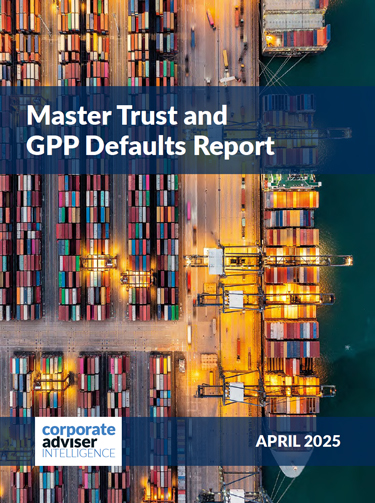Working dashboards could be just 12 months away – but it will take compulsion to get there says ITM executive chairman Duncan Howorth
It is with a mix of elation and frustration that I digest the recent announcements on Pension Dashboards.
Elation because there is no doubt that there is almost universal support for the concept – not always a given in pensions – and the consumer benefits that will emerge. Frustration because we are really no nearer getting there. This project has always been about how to regulate and govern the operation of this technology – not the ability of the technology itself. OK, the prototype had to prove some naysayers were wrong and that data integration could work, in a secure way. But since then, the industry has started treading water for a number of reasons, some of which are understandable, others not so much.
But most importantly, it’s great to hear from the pensions minister that dashboards will “definitely happen”. With DWP, dashboards are in the right part of Government. It has a record of delivering large, complex, projects. It also has the motivation – with the responsibility for driving financial inclusion – to understand the benefits that a single view of retirement entitlements will bring to the many millions that it will affect.
The dashboards really should be a central part of the policy solution. DWP does, however, need to be bold and focus on setting the governance framework and key enabling legislation, to allow the industry to get on and deliver. The proposal for non-commercial dashboards, which would likely be low in richness of data and absent of functionality, should not be allowed to hold up the real progress that will come from industry creating and operating dashboards. After all, Government has made two commitments about the cost of the dashboards – neither the consumer nor Government will pay. So the concept of an industry levy with no commercial return will only stall the project further while that is argued through.
The industry is showing a real desire to support dashboards, with our own recent survey of some of the largest pension funds revealing that 90 per cent were in favour. A clear majority also wanted quick decisions from Government on matters like compulsion so that they could crack on with getting ready. The industry has rapidly progressed with things like setting data standards. And advisers, who I detected were a little ambivalent this spring during the roadshows, are now keen to input into how dashboards can help them deliver faster and better advice to clients.
But getting data ready should not be under-estimated, as Baroness Altmann said in the House of Lords recently. “many members really don’t know if they are receiving the right pension and with so many records still held in paper form – it will take some work to get all data in a state for sharing online”, she said.
Dashboards need to enable consumers to see and act upon their pension pot data. Getting this right will take some time so the industry requires motivation and time. Realistically, this motivation can only come in the form of compulsion. While ITM’s dashboard forum members have shown a remarkable level of support for dashboards, many schemes will not. For them, compulsion is the only way that data will become available. And industry will need time; one way to approach the data challenge is to set “staging dates” with degrees of data content and accuracy targets to be met at each.
While we are planning all the key components for successful Dashboards let’s also not forget the role of advisers. Dashboards and their expected functionality could significantly improve the speed and reduce the cost of advice. This means that designated authority – or proxy -needs to be incorporated in the early designs.
The pensions market is in need of the type of disruption that may follow the launch of dashboards but we can’t wait beyond the very early 2020s for this. Working dashboards really could be just 12 months away, so let’s not delay any further. By this time next year all current eligible UK workers will be enrolled into a workplace pension, Dashboards must be one of the next innovations that gets the public more engaged with long term saving – understanding and acting upon what they have and doing something about what they have not.
Spring may come around soon – but the feasibility study being undertaken now needs to ensure that very clear actions and timescales emerge next year.





